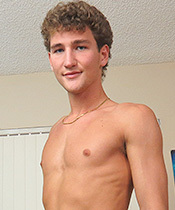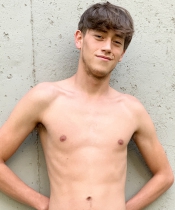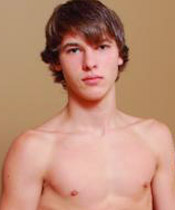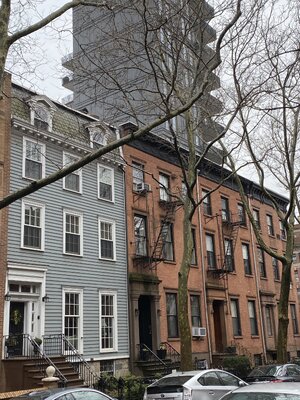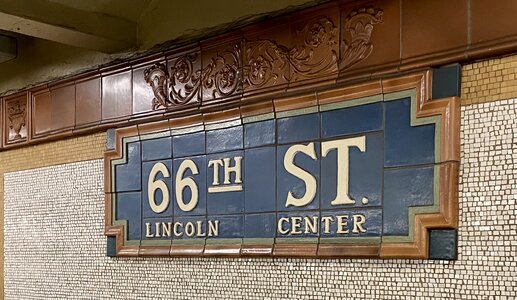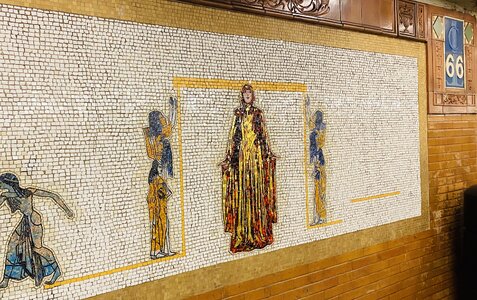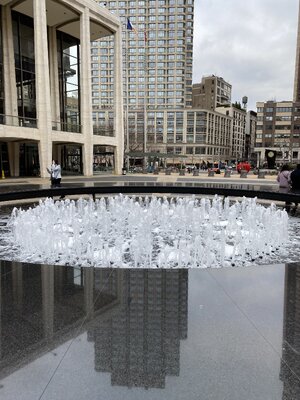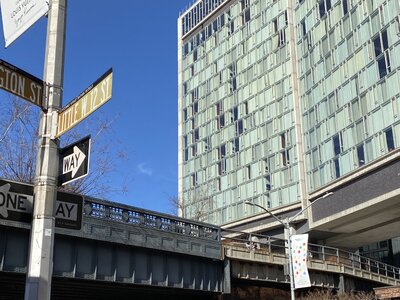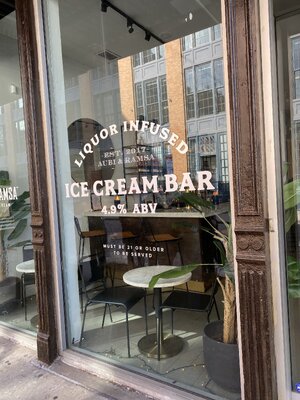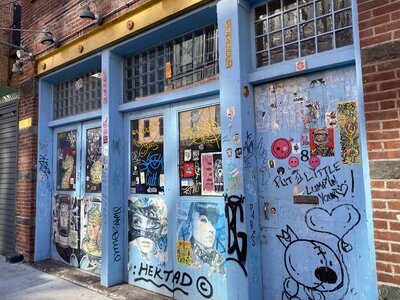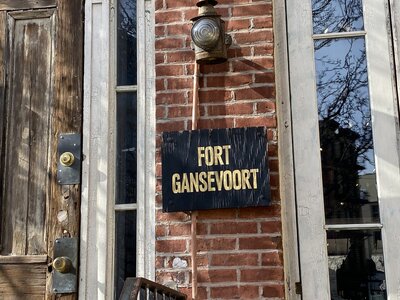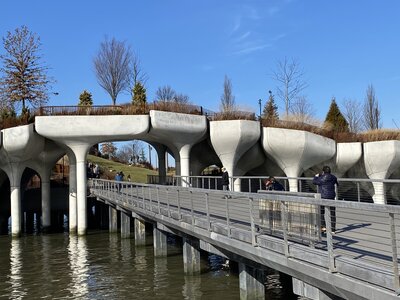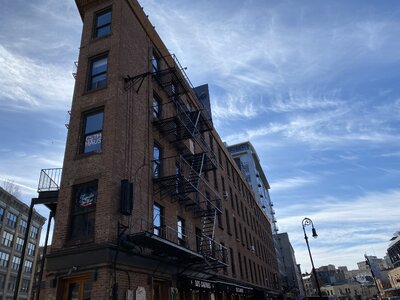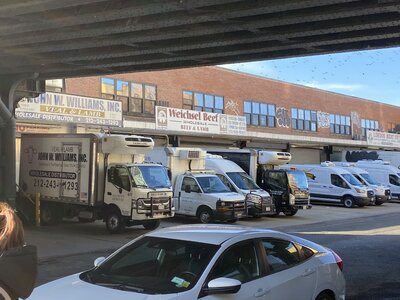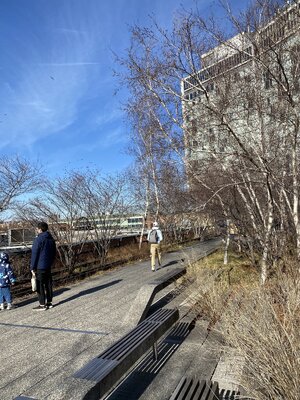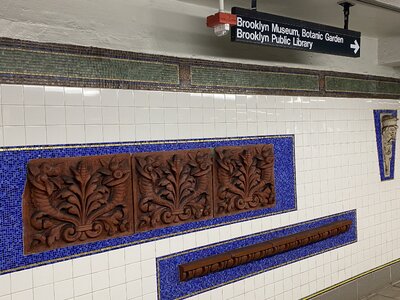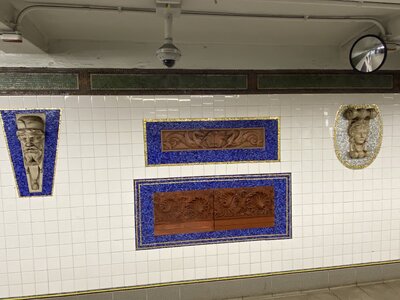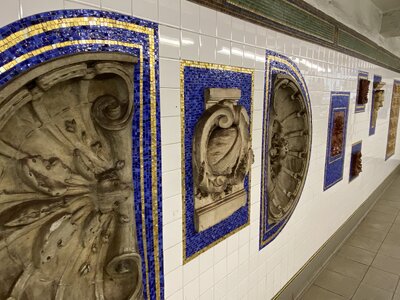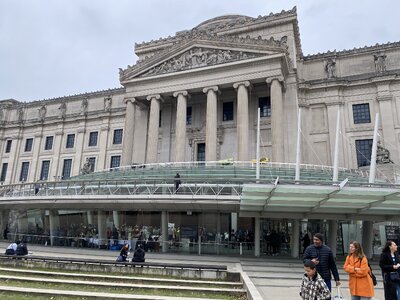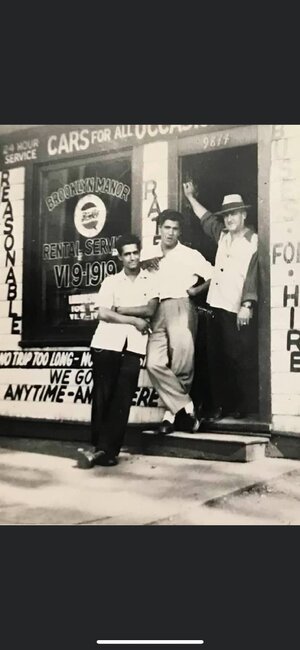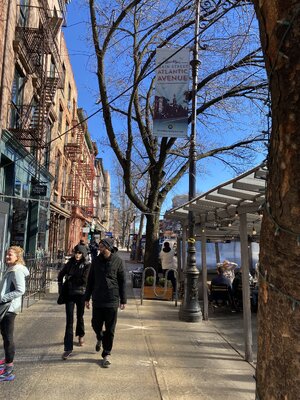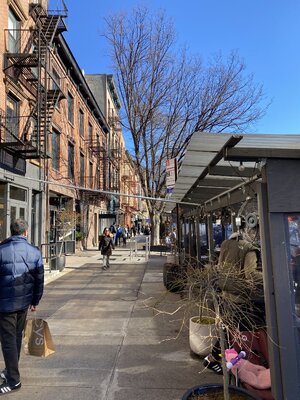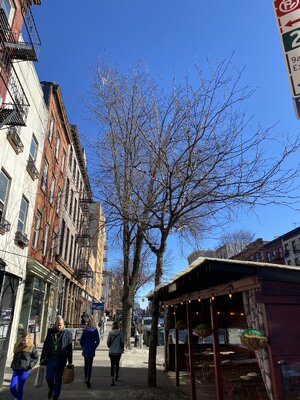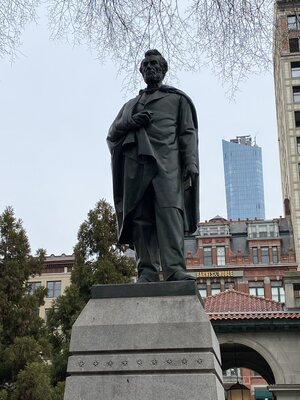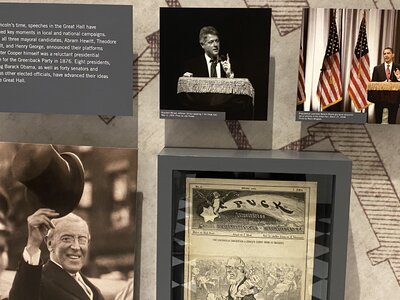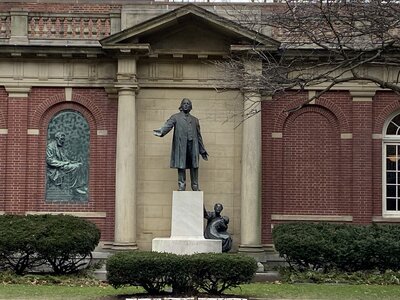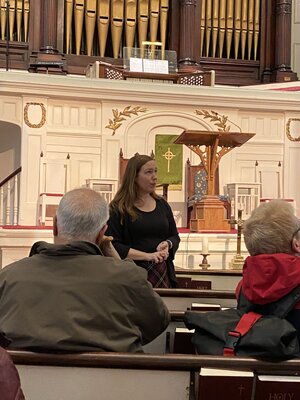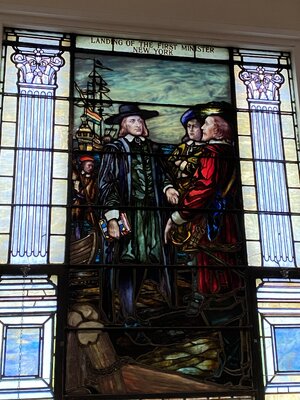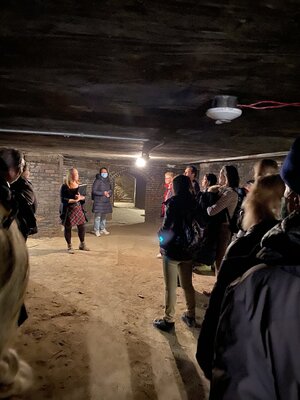And now, as Paul Harvey used to say, here is “the rest of the story”. I grew up in New York City, and as a kid, I was vaguely aware that there was an area of Manhattan called Lincoln Center opening and that it was a great thing for the performing arts and people seemed really excited about it. As a child who was getting into rock and roll music, it didn’t affect me in the least. Much as when the current Madison Square Garden opened, I thought it was a great thing having no clue that the magnificent Pennsylvania Station was demolished to build the New Garden, at the time.
This article from NPR from last October, gives a description of the San Juan Hill neighborhood of Manhattan which was razed and destroyed in the name of “urban renewal” to creat Lincoln Center.
Revisiting San Juan Hill, the neighborhood destroyed to make way for Lincoln Center
This is the key element fo the story:
”Long before Lincoln Center existed, San Juan Hill was a nexus for African American and Caribbean culture. It nurtured many jazz greats, who lived and played there — including alto saxophonist Benny Carter, who grew up in the neighborhood, and pianist Herbie Nichols, who was born there to parents from St. Kitts and Trinidad. Duke Ellington and cornet player Rex Stewart even co-wrote a tune named
in tribute to this community, where dance halls and jazz clubs thrived.
But in the 1950s, the powerful urban planner Robert Moses led the effort to have San Juan Hill razed, with the intention of establishing a midtown campus for Fordham University and creating Lincoln Center. He displaced more than 7,000 families as well as some 800 businesses. In a 1977 interview with New York's public television station, WNET, Moses
defended destroying San Juan Hill.
When the interviewer asked about San Juan Hill, Moses retorted: "Now I ask you, what was that neighborhood? It was a Puerto Rican slum. You remember it?" No, the host admitted.
"Yeah, well, I lived on one of those streets there for a number of years, and I know exactly what it was like," Moses responded. (There is no record of Moses residing in this neighborhood, according to Robert Caro's magisterial biography of Moses, The Power Broker.)
"It was the worst slum in New York," Moses insisted in the television interview. "You want to leave it there? Why? Out of account of neighborhood business? Christ, you never could have been there. That was the worst slum in New York," he bellowed, clapping his hands for emphasis. "And we cleared it out."
Professor
Yarimar Bonilla is the director of the Center for Puerto Rican Studies at Hunter College. She says Robert Moses intentionally used highly charged language about San Juan Hill.
"Robert Moses in particular," Bonilla says, "He used a lot of kind of medical language talking about the slums as these cancers that had to be eradicated and cleaned up, almost as if it was a disease that could spread."
60 years after Lincoln Center's opening and a $550 million renovation later, the New York Philharmonic's home at Lincoln Center, David Geffen Hall, is reopening this weekend. Lincoln Center is taking this opportunity to readdress the narrative of its founding.
It invited
Etienne Charles — a composer, trumpet player, percussionist and Guggenheim fellow — to think deeply about that complicated past, and create a piece of music that would acknowledge that hidden history. So Etienne Charles created a new work for the Philharmonic and his band, Creole Soul called
San Juan Hill: A New York Story.
————————————————————————————
And so as beautiful and important to New York City as Lincoln Center is, there is a very dark side to it as an entire community of New Yorker’s had their homes and neighborhood destroyed in the name of progress. Very scary and of course a very racist action, in my opinion.



